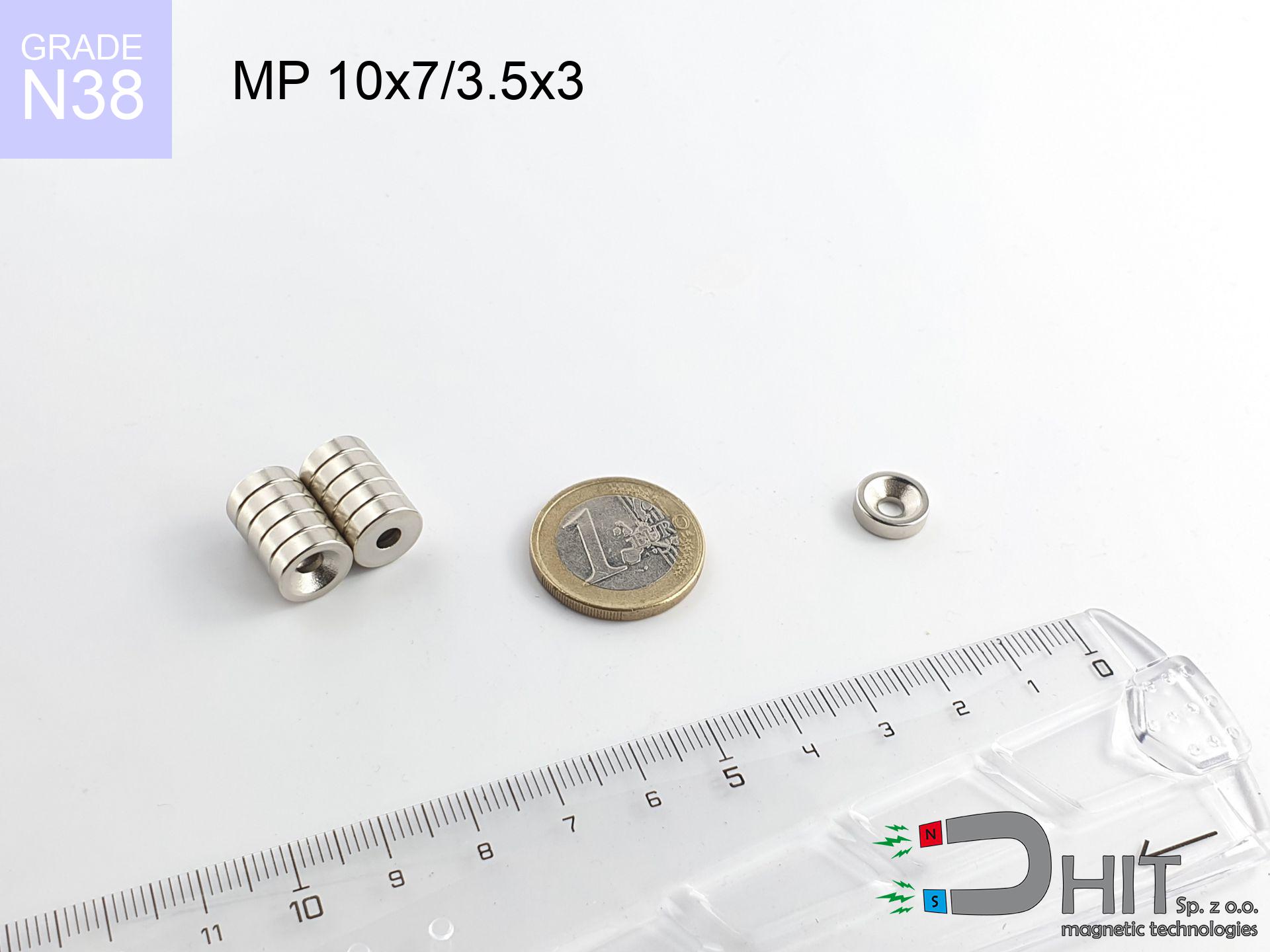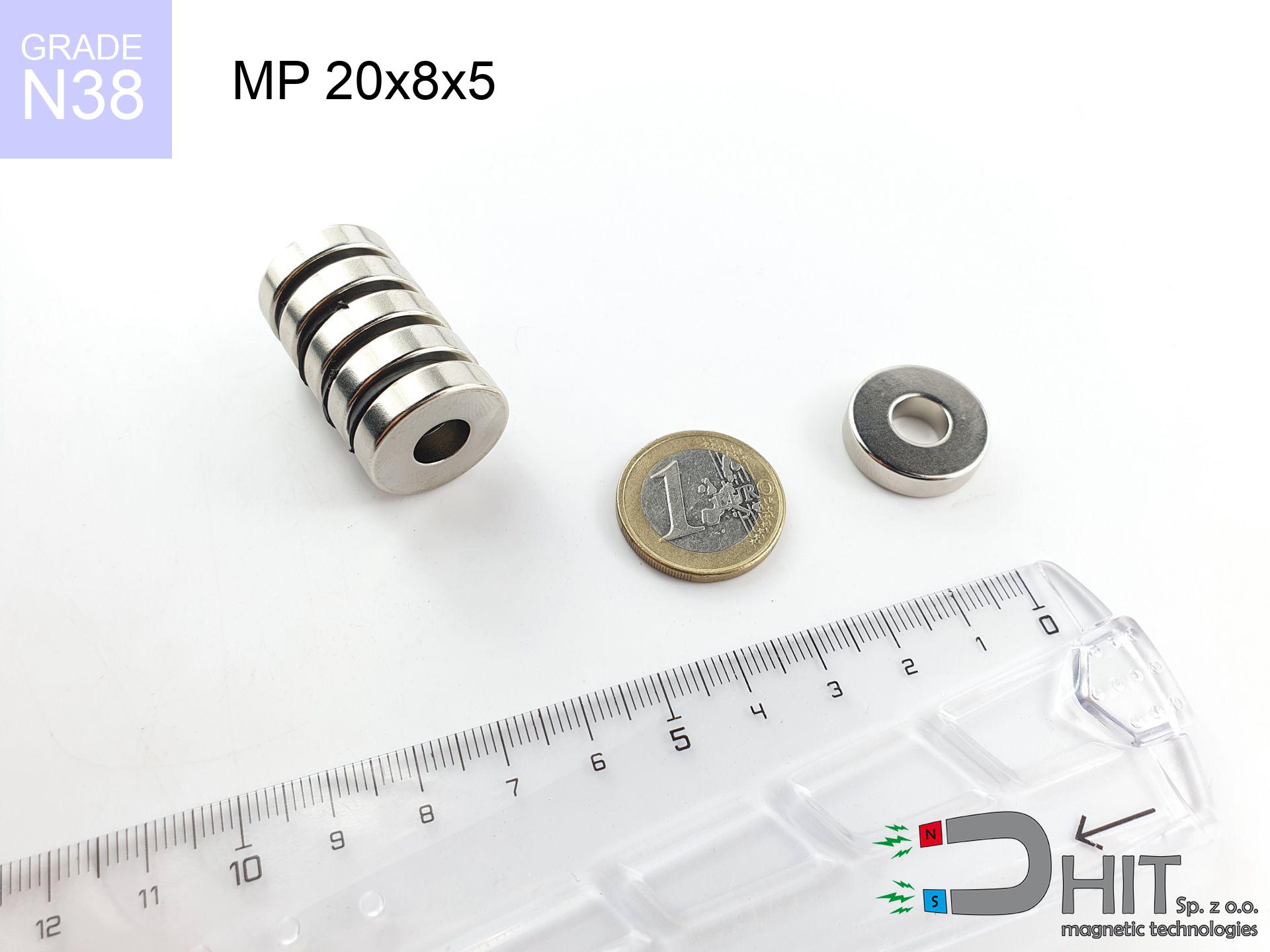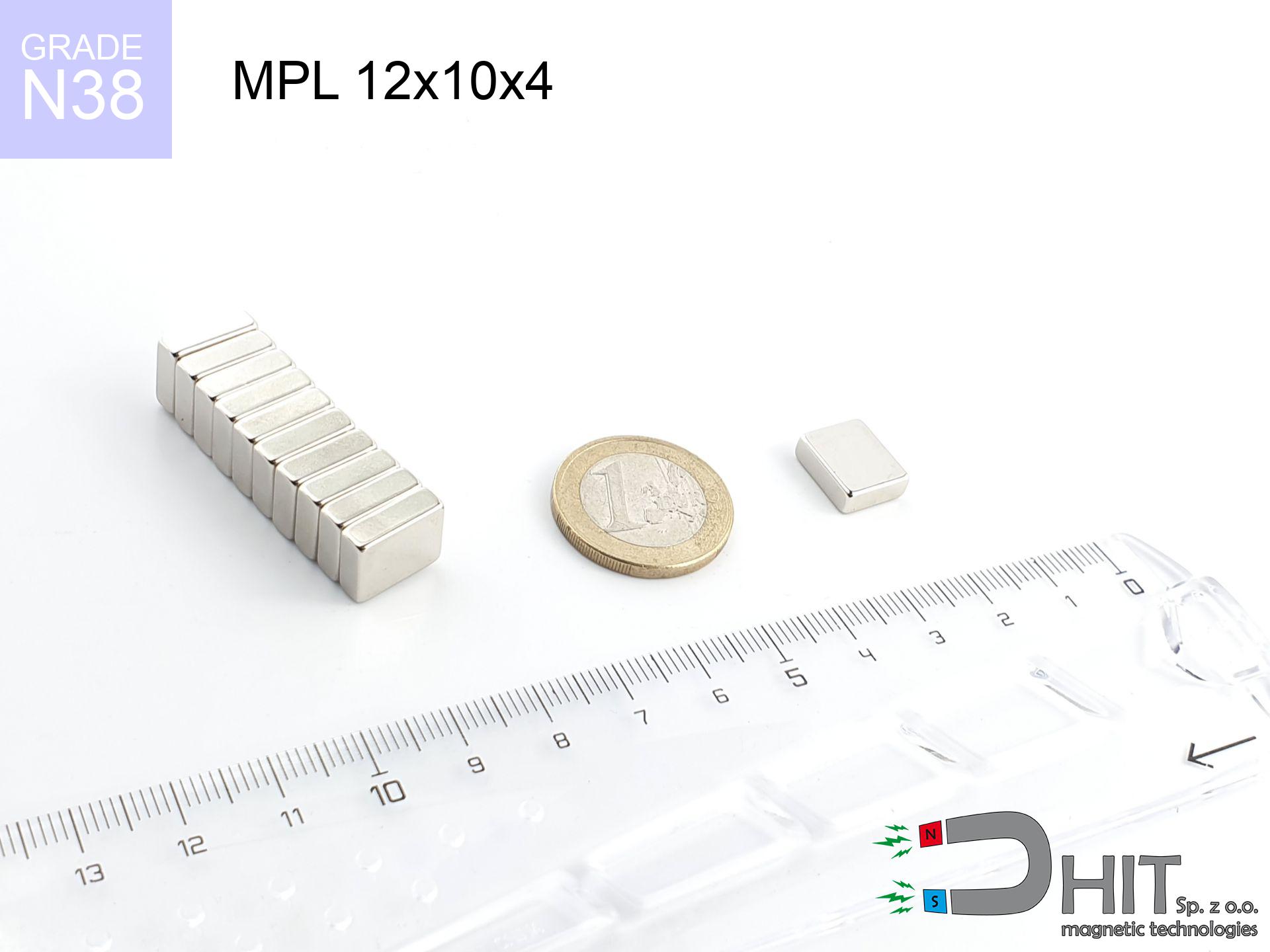MPL 5x5x1.2 / N38 - lamellar magnet
lamellar magnet
Catalog no 020171
GTIN/EAN: 5906301811770
length
5 mm [±0,1 mm]
Width
5 mm [±0,1 mm]
Height
1.2 mm [±0,1 mm]
Weight
0.22 g
Magnetization Direction
↑ axial
Load capacity
0.44 kg / 4.28 N
Magnetic Induction
245.17 mT / 2452 Gs
Coating
[NiCuNi] Nickel
0.1845 ZŁ with VAT / pcs + price for transport
0.1500 ZŁ net + 23% VAT / pcs
bulk discounts:
Need more?
Contact us by phone
+48 22 499 98 98
otherwise let us know by means of
contact form
the contact section.
Strength along with shape of magnets can be checked with our
power calculator.
Orders placed before 14:00 will be shipped the same business day.
Technical parameters - MPL 5x5x1.2 / N38 - lamellar magnet
Specification / characteristics - MPL 5x5x1.2 / N38 - lamellar magnet
| properties | values |
|---|---|
| Cat. no. | 020171 |
| GTIN/EAN | 5906301811770 |
| Production/Distribution | Dhit sp. z o.o. |
| Country of origin | Poland / China / Germany |
| Customs code | 85059029 |
| length | 5 mm [±0,1 mm] |
| Width | 5 mm [±0,1 mm] |
| Height | 1.2 mm [±0,1 mm] |
| Weight | 0.22 g |
| Magnetization Direction | ↑ axial |
| Load capacity ~ ? | 0.44 kg / 4.28 N |
| Magnetic Induction ~ ? | 245.17 mT / 2452 Gs |
| Coating | [NiCuNi] Nickel |
| Manufacturing Tolerance | ±0.1 mm |
Magnetic properties of material N38
| properties | values | units |
|---|---|---|
| remenance Br [min. - max.] ? | 12.2-12.6 | kGs |
| remenance Br [min. - max.] ? | 1220-1260 | mT |
| coercivity bHc ? | 10.8-11.5 | kOe |
| coercivity bHc ? | 860-915 | kA/m |
| actual internal force iHc | ≥ 12 | kOe |
| actual internal force iHc | ≥ 955 | kA/m |
| energy density [min. - max.] ? | 36-38 | BH max MGOe |
| energy density [min. - max.] ? | 287-303 | BH max KJ/m |
| max. temperature ? | ≤ 80 | °C |
Physical properties of sintered neodymium magnets Nd2Fe14B at 20°C
| properties | values | units |
|---|---|---|
| Vickers hardness | ≥550 | Hv |
| Density | ≥7.4 | g/cm3 |
| Curie Temperature TC | 312 - 380 | °C |
| Curie Temperature TF | 593 - 716 | °F |
| Specific resistance | 150 | μΩ⋅cm |
| Bending strength | 250 | MPa |
| Compressive strength | 1000~1100 | MPa |
| Thermal expansion parallel (∥) to orientation (M) | (3-4) x 10-6 | °C-1 |
| Thermal expansion perpendicular (⊥) to orientation (M) | -(1-3) x 10-6 | °C-1 |
| Young's modulus | 1.7 x 104 | kg/mm² |
Physical modeling of the product - technical parameters
The following information are the result of a mathematical calculation. Results rely on algorithms for the material Nd2Fe14B. Operational conditions might slightly deviate from the simulation results. Use these data as a preliminary roadmap for designers.
Table 1: Static force (pull vs distance) - interaction chart
MPL 5x5x1.2 / N38
| Distance (mm) | Induction (Gauss) / mT | Pull Force (kg) | Risk Status |
|---|---|---|---|
| 0 mm |
2450 Gs
245.0 mT
|
0.44 kg / 440.0 g
4.3 N
|
safe |
| 1 mm |
1739 Gs
173.9 mT
|
0.22 kg / 221.8 g
2.2 N
|
safe |
| 2 mm |
1054 Gs
105.4 mT
|
0.08 kg / 81.4 g
0.8 N
|
safe |
| 3 mm |
622 Gs
62.2 mT
|
0.03 kg / 28.4 g
0.3 N
|
safe |
| 5 mm |
241 Gs
24.1 mT
|
0.00 kg / 4.3 g
0.0 N
|
safe |
| 10 mm |
45 Gs
4.5 mT
|
0.00 kg / 0.1 g
0.0 N
|
safe |
| 15 mm |
15 Gs
1.5 mT
|
0.00 kg / 0.0 g
0.0 N
|
safe |
| 20 mm |
7 Gs
0.7 mT
|
0.00 kg / 0.0 g
0.0 N
|
safe |
| 30 mm |
2 Gs
0.2 mT
|
0.00 kg / 0.0 g
0.0 N
|
safe |
| 50 mm |
0 Gs
0.0 mT
|
0.00 kg / 0.0 g
0.0 N
|
safe |
Table 2: Slippage load (wall)
MPL 5x5x1.2 / N38
| Distance (mm) | Friction coefficient | Pull Force (kg) |
|---|---|---|
| 0 mm | Stal (~0.2) |
0.09 kg / 88.0 g
0.9 N
|
| 1 mm | Stal (~0.2) |
0.04 kg / 44.0 g
0.4 N
|
| 2 mm | Stal (~0.2) |
0.02 kg / 16.0 g
0.2 N
|
| 3 mm | Stal (~0.2) |
0.01 kg / 6.0 g
0.1 N
|
| 5 mm | Stal (~0.2) |
0.00 kg / 0.0 g
0.0 N
|
| 10 mm | Stal (~0.2) |
0.00 kg / 0.0 g
0.0 N
|
| 15 mm | Stal (~0.2) |
0.00 kg / 0.0 g
0.0 N
|
| 20 mm | Stal (~0.2) |
0.00 kg / 0.0 g
0.0 N
|
| 30 mm | Stal (~0.2) |
0.00 kg / 0.0 g
0.0 N
|
| 50 mm | Stal (~0.2) |
0.00 kg / 0.0 g
0.0 N
|
Table 3: Vertical assembly (shearing) - vertical pull
MPL 5x5x1.2 / N38
| Surface type | Friction coefficient / % Mocy | Max load (kg) |
|---|---|---|
| Raw steel |
µ = 0.3
30% Nominalnej Siły
|
0.13 kg / 132.0 g
1.3 N
|
| Painted steel (standard) |
µ = 0.2
20% Nominalnej Siły
|
0.09 kg / 88.0 g
0.9 N
|
| Oily/slippery steel |
µ = 0.1
10% Nominalnej Siły
|
0.04 kg / 44.0 g
0.4 N
|
| Magnet with anti-slip rubber |
µ = 0.5
50% Nominalnej Siły
|
0.22 kg / 220.0 g
2.2 N
|
Table 4: Material efficiency (saturation) - sheet metal selection
MPL 5x5x1.2 / N38
| Steel thickness (mm) | % power | Real pull force (kg) |
|---|---|---|
| 0.5 mm |
|
0.04 kg / 44.0 g
0.4 N
|
| 1 mm |
|
0.11 kg / 110.0 g
1.1 N
|
| 2 mm |
|
0.22 kg / 220.0 g
2.2 N
|
| 5 mm |
|
0.44 kg / 440.0 g
4.3 N
|
| 10 mm |
|
0.44 kg / 440.0 g
4.3 N
|
Table 5: Thermal resistance (stability) - power drop
MPL 5x5x1.2 / N38
| Ambient temp. (°C) | Power loss | Remaining pull | Status |
|---|---|---|---|
| 20 °C | 0.0% |
0.44 kg / 440.0 g
4.3 N
|
OK |
| 40 °C | -2.2% |
0.43 kg / 430.3 g
4.2 N
|
OK |
| 60 °C | -4.4% |
0.42 kg / 420.6 g
4.1 N
|
|
| 80 °C | -6.6% |
0.41 kg / 411.0 g
4.0 N
|
|
| 100 °C | -28.8% |
0.31 kg / 313.3 g
3.1 N
|
Table 6: Two magnets (attraction) - field collision
MPL 5x5x1.2 / N38
| Gap (mm) | Attraction (kg) (N-S) | Repulsion (kg) (N-N) |
|---|---|---|
| 0 mm |
0.92 kg / 925 g
9.1 N
4 027 Gs
|
N/A |
| 1 mm |
0.70 kg / 699 g
6.9 N
4 260 Gs
|
0.63 kg / 629 g
6.2 N
~0 Gs
|
| 2 mm |
0.47 kg / 466 g
4.6 N
3 478 Gs
|
0.42 kg / 420 g
4.1 N
~0 Gs
|
| 3 mm |
0.29 kg / 288 g
2.8 N
2 734 Gs
|
0.26 kg / 259 g
2.5 N
~0 Gs
|
| 5 mm |
0.10 kg / 101 g
1.0 N
1 617 Gs
|
0.09 kg / 91 g
0.9 N
~0 Gs
|
| 10 mm |
0.01 kg / 9 g
0.1 N
482 Gs
|
0.00 kg / 0 g
0.0 N
~0 Gs
|
| 20 mm |
0.00 kg / 0 g
0.0 N
90 Gs
|
0.00 kg / 0 g
0.0 N
~0 Gs
|
| 50 mm |
0.00 kg / 0 g
0.0 N
7 Gs
|
0.00 kg / 0 g
0.0 N
~0 Gs
|
Table 7: Protective zones (electronics) - precautionary measures
MPL 5x5x1.2 / N38
| Object / Device | Limit (Gauss) / mT | Safe distance |
|---|---|---|
| Pacemaker | 5 Gs (0.5 mT) | 2.5 cm |
| Hearing aid | 10 Gs (1.0 mT) | 2.0 cm |
| Timepiece | 20 Gs (2.0 mT) | 1.5 cm |
| Phone / Smartphone | 40 Gs (4.0 mT) | 1.5 cm |
| Car key | 50 Gs (5.0 mT) | 1.0 cm |
| Payment card | 400 Gs (40.0 mT) | 0.5 cm |
| HDD hard drive | 600 Gs (60.0 mT) | 0.5 cm |
Table 8: Dynamics (kinetic energy) - collision effects
MPL 5x5x1.2 / N38
| Start from (mm) | Speed (km/h) | Energy (J) | Predicted outcome |
|---|---|---|---|
| 10 mm |
45.11 km/h
(12.53 m/s)
|
0.02 J | |
| 30 mm |
78.12 km/h
(21.70 m/s)
|
0.05 J | |
| 50 mm |
100.85 km/h
(28.01 m/s)
|
0.09 J | |
| 100 mm |
142.63 km/h
(39.62 m/s)
|
0.17 J |
Table 9: Coating parameters (durability)
MPL 5x5x1.2 / N38
| Technical parameter | Value / Description |
|---|---|
| Coating type | [NiCuNi] Nickel |
| Layer structure | Nickel - Copper - Nickel |
| Layer thickness | 10-20 µm |
| Salt spray test (SST) ? | 24 h |
| Recommended environment | Indoors only (dry) |
Table 10: Electrical data (Flux)
MPL 5x5x1.2 / N38
| Parameter | Value | SI Unit / Description |
|---|---|---|
| Magnetic Flux | 695 Mx | 7.0 µWb |
| Pc Coefficient | 0.30 | Low (Flat) |
Table 11: Hydrostatics and buoyancy
MPL 5x5x1.2 / N38
| Environment | Effective steel pull | Effect |
|---|---|---|
| Air (land) | 0.44 kg | Standard |
| Water (riverbed) |
0.50 kg
(+0.06 kg Buoyancy gain)
|
+14.5% |
1. Sliding resistance
*Warning: On a vertical surface, the magnet holds merely a fraction of its max power.
2. Steel saturation
*Thin steel (e.g. 0.5mm PC case) drastically weakens the holding force.
3. Temperature resistance
*For N38 grade, the max working temp is 80°C.
4. Demagnetization curve and operating point (B-H)
chart generated for the permeance coefficient Pc (Permeance Coefficient) = 0.30
This simulation demonstrates the magnetic stability of the selected magnet under specific geometric conditions. The solid red line represents the demagnetization curve (material potential), while the dashed blue line is the load line based on the magnet's geometry. The Pc (Permeance Coefficient), also known as the load line slope, is a dimensionless value that describes the relationship between the magnet's shape and its magnetic stability. The intersection of these two lines (the black dot) is the operating point — it determines the actual magnetic flux density generated by the magnet in this specific configuration. A higher Pc value means the magnet is more 'slender' (tall relative to its area), resulting in a higher operating point and better resistance to irreversible demagnetization caused by external fields or temperature. A value of 0.42 is relatively low (typical for flat magnets), meaning the operating point is closer to the 'knee' of the curve — caution is advised when operating at temperatures near the maximum limit to avoid strength loss.
Elemental analysis
| iron (Fe) | 64% – 68% |
| neodymium (Nd) | 29% – 32% |
| boron (B) | 1.1% – 1.2% |
| dysprosium (Dy) | 0.5% – 2.0% |
| coating (Ni-Cu-Ni) | < 0.05% |
Ecology and recycling (GPSR)
| recyclability (EoL) | 100% |
| recycled raw materials | ~10% (pre-cons) |
| carbon footprint | low / zredukowany |
| waste code (EWC) | 16 02 16 |
Other proposals
Strengths and weaknesses of rare earth magnets.
Advantages
- They retain magnetic properties for around ten years – the drop is just ~1% (according to analyses),
- They maintain their magnetic properties even under close interference source,
- Thanks to the reflective finish, the plating of nickel, gold-plated, or silver-plated gives an professional appearance,
- The surface of neodymium magnets generates a concentrated magnetic field – this is a key feature,
- Through (appropriate) combination of ingredients, they can achieve high thermal resistance, allowing for operation at temperatures reaching 230°C and above...
- Considering the potential of precise shaping and customization to custom requirements, magnetic components can be created in a variety of geometric configurations, which increases their versatility,
- Huge importance in modern industrial fields – they serve a role in hard drives, electric drive systems, advanced medical instruments, as well as industrial machines.
- Compactness – despite small sizes they provide effective action, making them ideal for precision applications
Limitations
- To avoid cracks upon strong impacts, we recommend using special steel holders. Such a solution protects the magnet and simultaneously increases its durability.
- When exposed to high temperature, neodymium magnets suffer a drop in force. Often, when the temperature exceeds 80°C, their power decreases (depending on the size and shape of the magnet). For those who need magnets for extreme conditions, we offer [AH] versions withstanding up to 230°C
- Magnets exposed to a humid environment can rust. Therefore when using outdoors, we recommend using waterproof magnets made of rubber, plastic or other material resistant to moisture
- We recommend cover - magnetic mount, due to difficulties in producing threads inside the magnet and complicated forms.
- Possible danger to health – tiny shards of magnets pose a threat, in case of ingestion, which is particularly important in the context of child health protection. Additionally, small elements of these magnets can be problematic in diagnostics medical when they are in the body.
- With budget limitations the cost of neodymium magnets can be a barrier,
Pull force analysis
Optimal lifting capacity of a neodymium magnet – what it depends on?
- on a block made of structural steel, optimally conducting the magnetic flux
- whose transverse dimension is min. 10 mm
- with an ideally smooth touching surface
- without any insulating layer between the magnet and steel
- for force applied at a right angle (pull-off, not shear)
- at conditions approx. 20°C
Practical aspects of lifting capacity – factors
- Clearance – existence of any layer (rust, tape, gap) interrupts the magnetic circuit, which reduces capacity steeply (even by 50% at 0.5 mm).
- Pull-off angle – remember that the magnet has greatest strength perpendicularly. Under shear forces, the capacity drops drastically, often to levels of 20-30% of the maximum value.
- Base massiveness – too thin plate does not accept the full field, causing part of the flux to be escaped to the other side.
- Metal type – not every steel attracts identically. Alloy additives weaken the interaction with the magnet.
- Surface structure – the more even the plate, the larger the contact zone and stronger the hold. Unevenness creates an air distance.
- Thermal conditions – NdFeB sinters have a negative temperature coefficient. When it is hot they are weaker, and in frost they can be stronger (up to a certain limit).
Holding force was measured on a smooth steel plate of 20 mm thickness, when a perpendicular force was applied, however under attempts to slide the magnet the holding force is lower. Additionally, even a slight gap between the magnet’s surface and the plate reduces the holding force.
Precautions when working with neodymium magnets
Allergy Warning
A percentage of the population experience a contact allergy to nickel, which is the standard coating for NdFeB magnets. Prolonged contact can result in skin redness. We recommend wear safety gloves.
Product not for children
Always keep magnets away from children. Risk of swallowing is significant, and the effects of magnets connecting inside the body are fatal.
Risk of cracking
Despite metallic appearance, the material is delicate and cannot withstand shocks. Avoid impacts, as the magnet may crumble into sharp, dangerous pieces.
Impact on smartphones
Note: rare earth magnets generate a field that disrupts sensitive sensors. Keep a separation from your phone, device, and GPS.
Conscious usage
Use magnets with awareness. Their huge power can surprise even experienced users. Stay alert and do not underestimate their power.
Heat sensitivity
Standard neodymium magnets (grade N) lose magnetization when the temperature surpasses 80°C. The loss of strength is permanent.
Safe distance
Data protection: Strong magnets can damage payment cards and delicate electronics (pacemakers, medical aids, mechanical watches).
Bone fractures
Protect your hands. Two powerful magnets will snap together instantly with a force of massive weight, destroying anything in their path. Be careful!
Combustion hazard
Fire warning: Rare earth powder is explosive. Do not process magnets without safety gear as this risks ignition.
Pacemakers
People with a ICD must maintain an large gap from magnets. The magnetic field can disrupt the operation of the life-saving device.


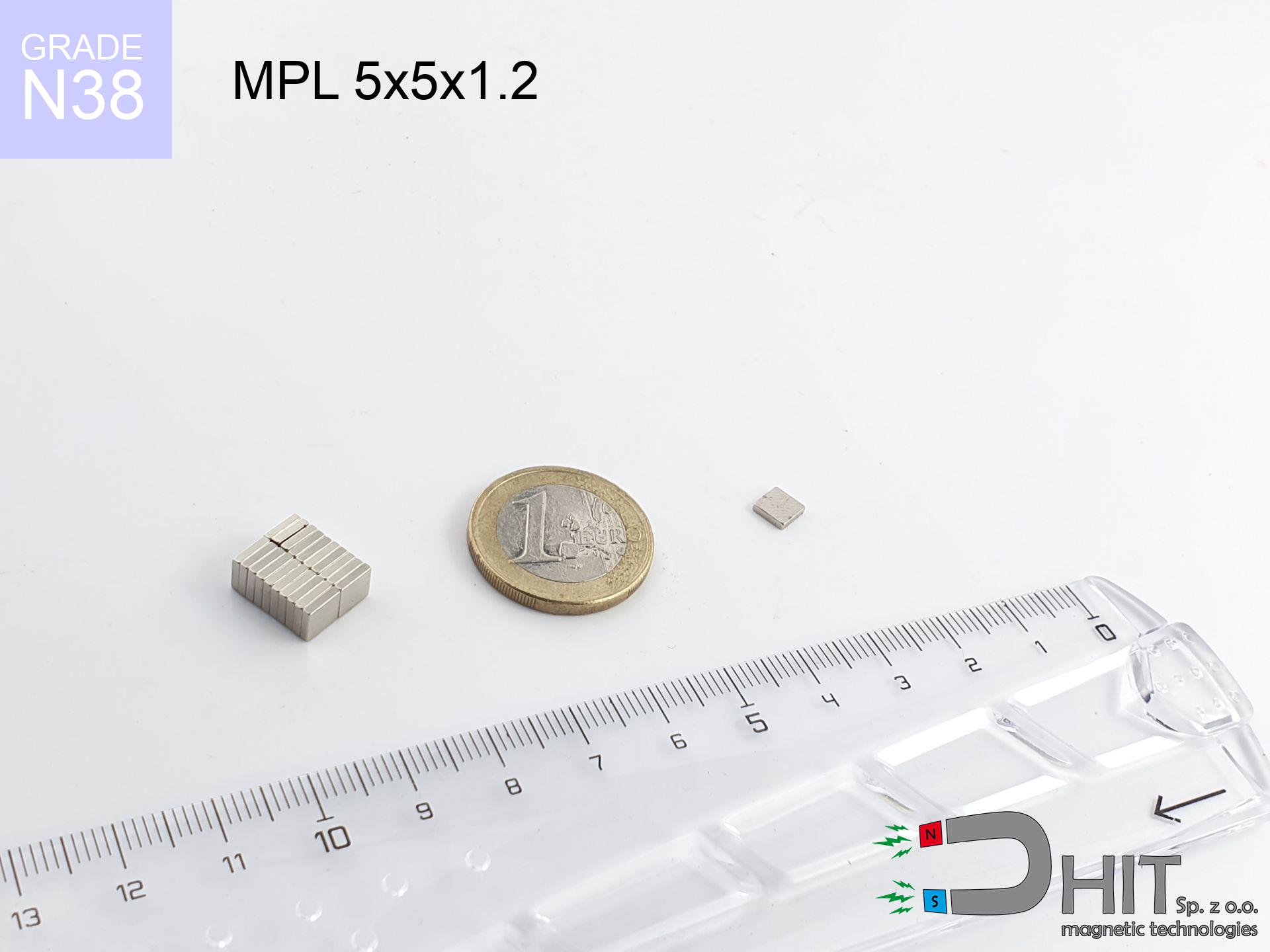
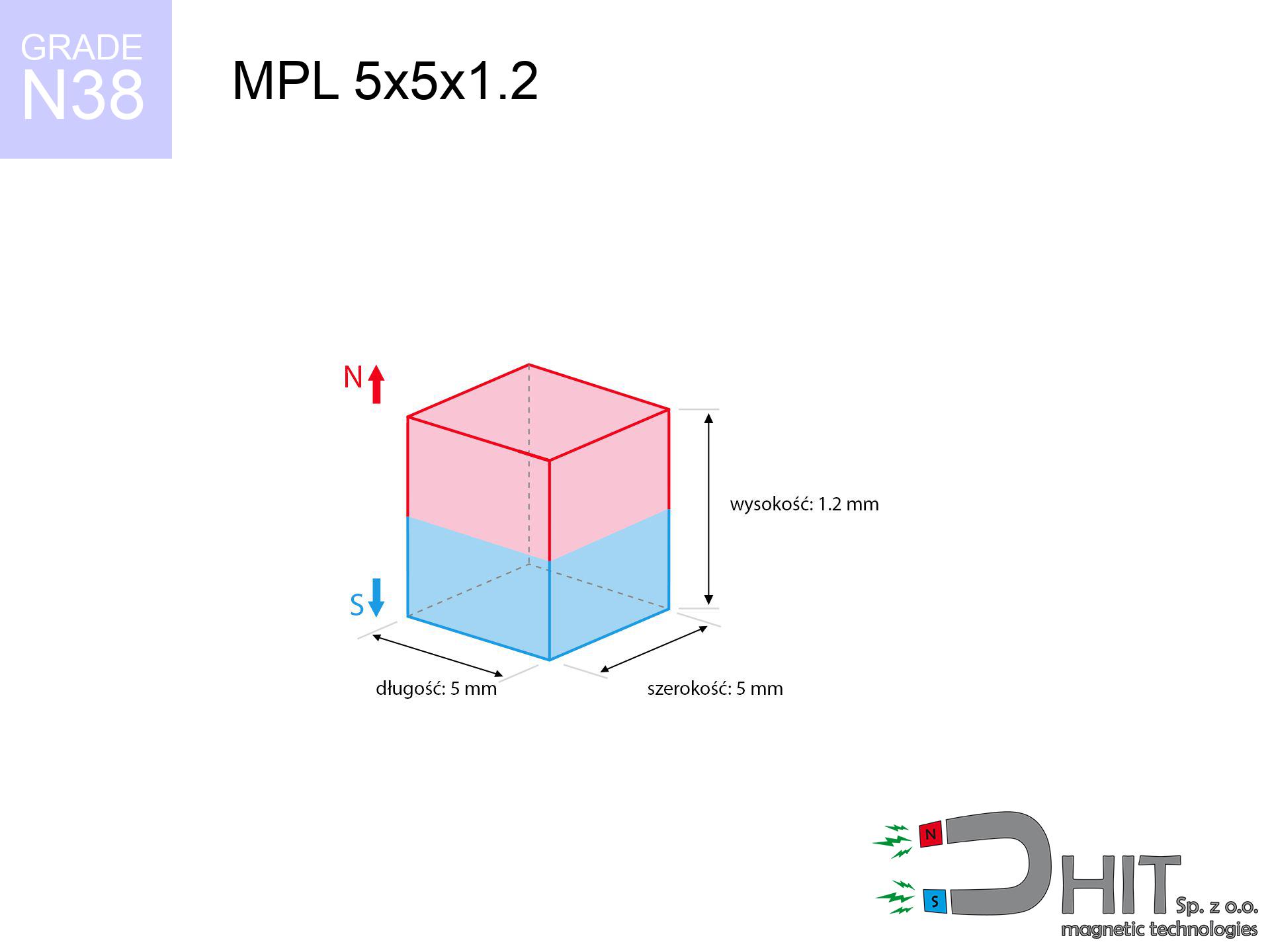
![UMH 42x9x46 [M6] / N38 - magnetic holder with hook UMH 42x9x46 [M6] / N38 - magnetic holder with hook](https://cdn3.dhit.pl/graphics/products/umh-42x9x46-m6-vat.jpg)
